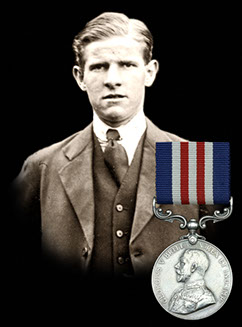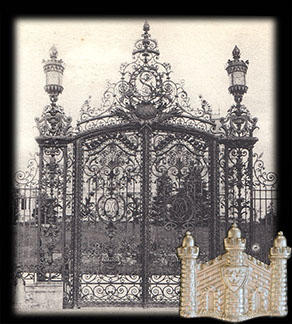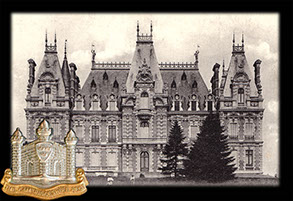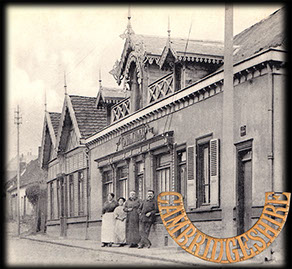
Who Were
The Cambs
The Cambs
at War
1/1st Btn 1914-1919
1914 - 1/1st Overview
1915 - 1/1st Overview
1915 - St Eloi
1915 - Fosse Wood
1916 - 1/1st Overview
1916 - The Schwaben
1916 - St Pierre Divion
1917 - 1/1st Overview
1917 - St Julien
Insignia, Medals & Books
Remembering The Cambs
Biographies
About Us &
This Site
An Uncertain Future
The autumn of 1915 was a time of uncertainly for the men of the Cambridgeshires with rumours of their future role in the War rife both in the 1/1st Battalion and at home.
After leaving the Armentieres sector in mid September the Cambs spent some time on the Somme mostly assisting the Tunnelling Companies of the Royal Engineers with their sapping and mining operations. The men were used to transport the spoil away from the heads of the mineshafts in order to try and keep their locations secret; it was hard, dirty work and at times very dangerous. On several occasions Cambs men were caught up in underground explosions as the German sappers tried to destroy the tunnels. One young private from Waterbeach named Frank Levitt was retrospectively awarded the Military Medal when it was introduced in 1916 for his bravery when he tried repeatedly to rescue several tunnellers buried by such an explosion deep underground.
By mid October the future of the Cambridgeshires on the Western Front was thrown into complete uncertainty when it was announced that the 27th Division was leaving France for Salonica. The Cambs, along with the other Territorial Force battalions serving in the Division, were not going with them. Rumours of their new role spread rapidly with numerous reports appearing in the local press suggesting that they were returning to England or were going to be used for construction duty behind the lines. These reports and rumours caused great anger amongst the men of the 1/1st who had all volunteered to fight overseas. There was also a great deal of sadness felt in the battalion that they were being separated from the other 82nd Brigade battalions who they had fought alongside since March.
The rumours were finally silenced in late November and the 1/1st Cambridgeshires were ordered to the 3rd Army School to act as the Training Battalion. The school was located outside the small French town of Flixecourt, between Abbeville and Amiens.
Back to School - The 3rd Army School, Flixecourt 30th November 1915 to 26th February 1916
For the men of the 1/1st Cambs the posting to the 3rd Army School was a welcome break from life in the front line. However it quickly became apparent that they were in for weeks of rigorous exercise and intensive training in some of the newest and most advanced methods of modern infantry warfare.
The role of the Training Battalion was to provide the officers and NCOs attending the school with a well trained specialist infantry battalion that could demonstrate the various tactics as well as experimenting with new methods and ideas. The posting was summed up in a few lines in The Cambridgeshires by Riddell and Clayton:
Training was strenuous: ‘not only had we to learn, but we had to teach others. We learned to do all sorts of fancy attacks, etc., for the Colonels etc., studying at the school’.
Details about the Cambridgeshires time at Flixecourt can also be found in various diaries kept by some of the men. One of these, although very basic, provides a good overview of day-to-day life at the School. It was kept by Pte Harry Betts (later CSM, MC, DCM and Bar) of B Company and it can be viewed by clicking here.
While training and teaching in the middle of the French winter was often hard going the men actually had far more free time and better facilities than they were accustomed too. The town of Flixecourt provided them with a range of cafes and venues to spend their time and where entertainment was lacking the Cambs made their own. Shortly after arriving at the school a concert party was formed by a group of theatrical Cambridgeshires named the Cantabs Concert Party. They proved to be a great hit, performing regularly to a packed house, more details of the Cantabs can be founded by clicking here.
The town of Flixecourt also had several well established photography studios and many of the men took the opportunity to have their pictures taken and sent home. Numerous images of both individuals and groups of friends taken in the distinctive Flixecourt studio settings still exist. The opportunity was also used to take many semi official larger group or company photographs in the grounds of the school or in the town itself.
The posting to the 3rd Army School was blessing for the Cambridgeshires. While the months spent in the Ypres Salient and the trenches around Armentieres had hardened and introduced them to the realities of modern warfare, their time at Flixecourt turned them into arguably one of the best trained TF battalions on the Western Front. This training and expertise would prove to be a crucial edge months later on the Somme when the Battalion faced its toughest test of the war so far.
The Cambridgeshires stay at Flixecourt finally ended on the 26th February 1916 and the Battalion moved off heading north to St Omer. Three days later they joined the 39th Division which had just arrived in France from the UK. The Cambs were posted to the 118th Brigade along with three other battle tested Territorial battalions. Just over a month after leaving Flixecourt the Cambs were back in the front line trenches, this time at Neuve Chappelle.
Back to the top of the page.

Frank Levitt MM from Waterbeach.

The gates to the chateau at Flixecourt.

Postcard image of Flixecourt Chateau.

One of the cafes in Flixecourt that was popular with the Cambs.

This site went live on the 14th February 2015 to mark 100 years since the 1/1st Cambs went off to war.
WE WILL REMEMBER THEM
Email us: cambsregt@gmail.com
Copyright 2015, 2016, 2017, 2018, 2019 by Felix Jackson. The information and images on this site should not be reproduced without prior permission.